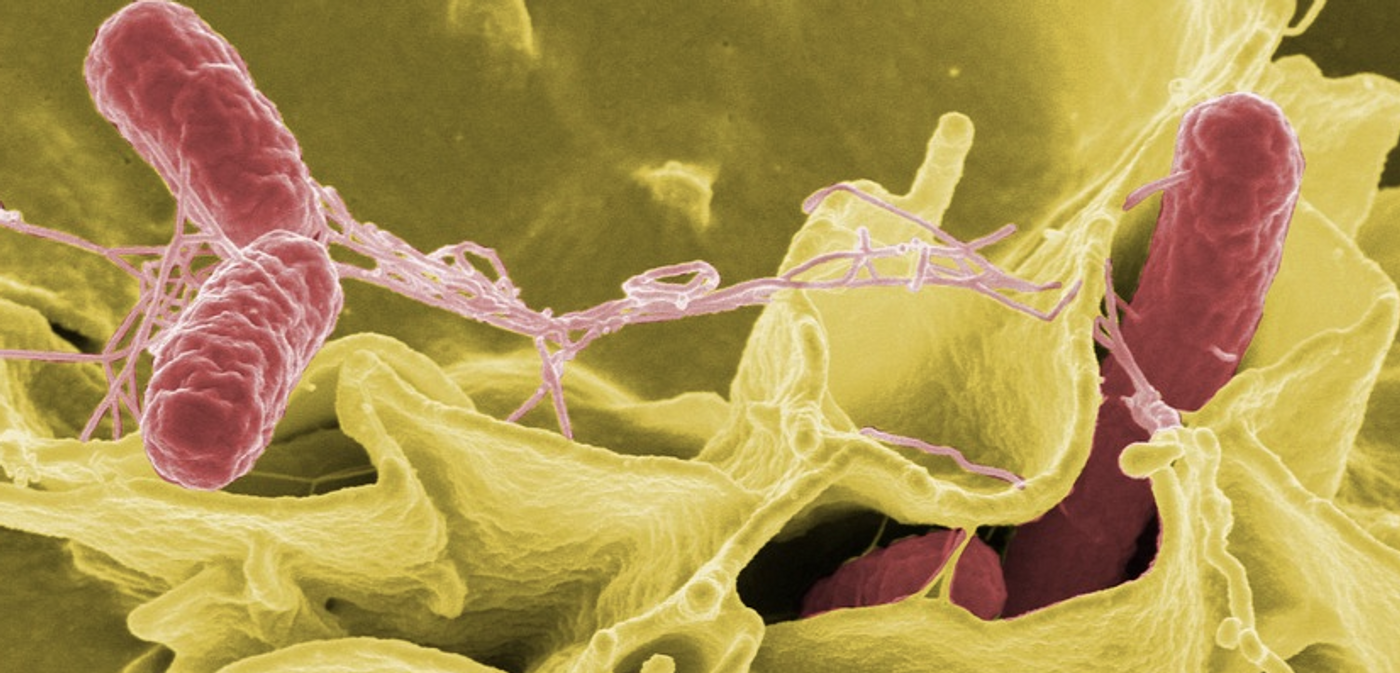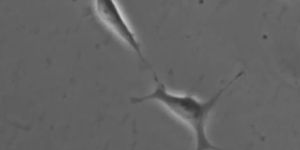Humans & Mammals Have Very Different Skin Microbiomes
You may know that humans have many genes in common with other species. New research has shown that one place where we diverge from other organisms, however, is in the composition of the microbiome, the communities of fungi, viruses, and bacteria that live in and on us and animals. This research surprised the scientists, who think these findings may have important implications for the study of health and immunity. The work was reported in the journal Proceedings of the National Academy of Sciences.
"We were quite surprised when we saw just how distinct we humans are from almost all other mammals, at least in terms of the skin microbes that we can collect with a swab," said senior study author Josh Neufeld, a professor of biology at the University of Waterloo.
A team of researchers from the University of Guelph and the University of Waterloo performed a comprehensive assessment of the microorganisms carried by mammals. They found that the microbes that are present on human skin are far less diverse than what is observed on other mammals. That probably has a lot to do with our typical routines and habitats, which are obviously vastly different from what animals, even those in zoos, experience.
"The first line that gets hit by modern hygienic practices is our skin," explained Ashley Ross, a co-author of the study and a graduate student at Waterloo at the time of the research. "Our skin is the largest organ of the body and the main barrier to the external environment."
Our environments, including our clothes and bathing habits, probably have a major influence on the microbes that live on human skin. After taking samples from 177 mammals, the investigators connected the environment that a mammal resides in with the microbes on their skin.
In a phenomenon called phylosymbiosis, patterns in the evolution of microbial communities are linked to the evolution of the organisms that host them. That does not necessarily mean organisms evolve along with its microbiome, but it may. The researchers removed humans from their study of phylosymbiosis because our skin microbiomes are so much different from other mammals, but they did find evidence of it.
"We were able to measure phylosymbiosis between some of the mammalian classes and the corresponding communities on their skin," said study co-author Kirsten Müller, a biology professor at Waterloo. "It's exciting that we can still see this signal despite the contribution of habitat to the skin microbial community."
The researchers plan to continue this work. J. Scott Weese, a professor at Guelph, wants to learn more about how skin microbiomes may have coevolved with their hosts. The objective is to find out if that coevolution is driving phylosymbiosis.
Learn more about phylosymbiosis from the video.
Sources: Phys.org via University of Waterloo, PNAS









